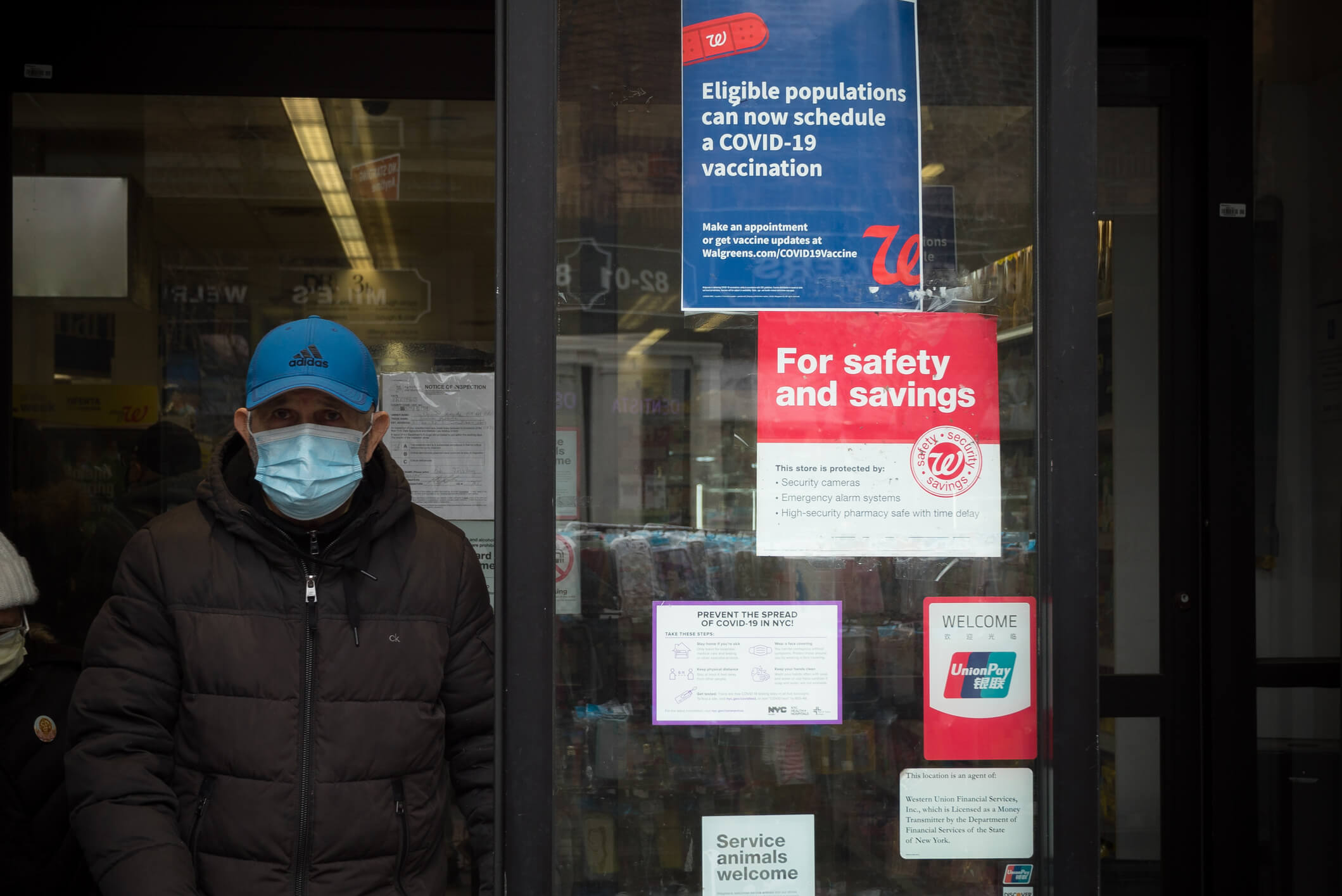- Blog
- DTC
Is Shoplifting On The Rise?


Walk into a Walgreens in New York City, and it looks more like a zoo for consumer packaged goods than a store.
Everything from razor blades to diapers to lotion is locked in alarm-sounding cages. And a remarkably large human with a badge follows you around the aisles, ensuring you don’t tap the glass while browsing deodorants.
Needless to say, this shopping experience is really… hostile? Inconvenient? Horrible? And Walgreens isn’t the only retailer that puts customers through this.
 Source:
CNN
Source:
CNN
These measures intend to combat the so-called ‘rise in shrinkage due to organized crime’ that’s plaguing the US’s largest drugstore chain. For reference, the company saw $3B in 2020 shrink (up from $2.7B the previous year).
But these numbers include more than just shoplifting. For instance, internal theft accounts for 33% of all shrinkage. But more importantly, not all shrinkage is a malicious conspiracy.
On average, administrative mistakes and inventory mismanagement account for over 20% of all shrinkage. This includes mis-ticketing items, transaction errors, and most other causes of phantom inventory.
And the term ‘shrink’ implies you “[don’t] know exactly where the losses are coming from,” explains Richard Hollinger, a retired University of Florida criminology professor specializing in retail.
So, when brands like Walgreens blame shoplifting for their shrinkage, the claim is mostly speculation (and an outlandish oversimplification).
One that the numbers don’t back up, despite a National Retail Federation survey featuring a whopping 63 retailers (did you catch our sarcasm there?) calling shrinkage a “ballooning issue.”
Sure, retail shrink hit $94.5B in 2021 (up 4% from 2020 and up 53% from 2019). But the average shrink rate dropped to 1.4% in 2021 from 1.6% in 2020. (This number has staggered around 1.4% for over a decade.)
It’s also important to note that retail did over $6.5B in 2021 US sales (up 17.1% YoY). Meaning, total shrink grew because the retail industry did more business. The percentage of that business subject to shrink, however, remained roughly the same.
And Walgreens’ sheer size means its losses will look much worse than a mom-and-pop shop’s. Although, both brands should theoretically see a proportional amount of shrink.
But despite Walgreens locking up all its products, its shrink rate only fell 1% YoY to 2.5%. This is still wildly higher than the 1.4% industry average, suggesting shoplifting isn’t the real issue.
As such, Walgreens’ current initiatives won’t stop the bleeding, and their leadership team is starting to realize this. (“Maybe we cried too much last year” over shoplifting, admitted Walgreens’ top finance officer James Kehoe on an earnings call earlier this month.)
Instead, improving inventory visibility via routine stock counts and updating process documentation (and actually retraining employees on these new processes) will likely heal the drugstore chain’s bottom line.